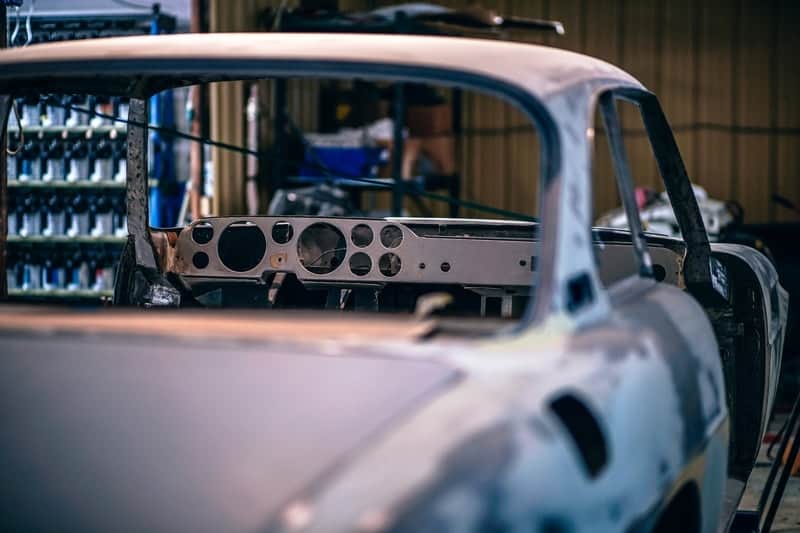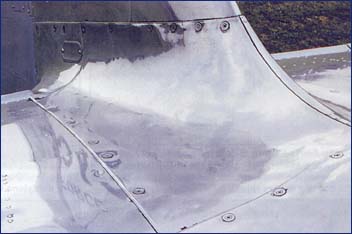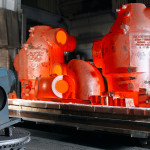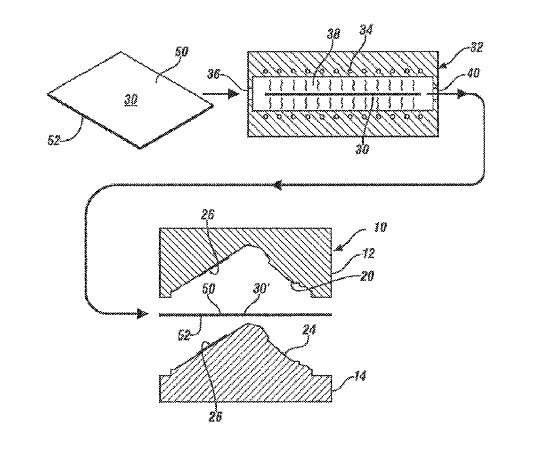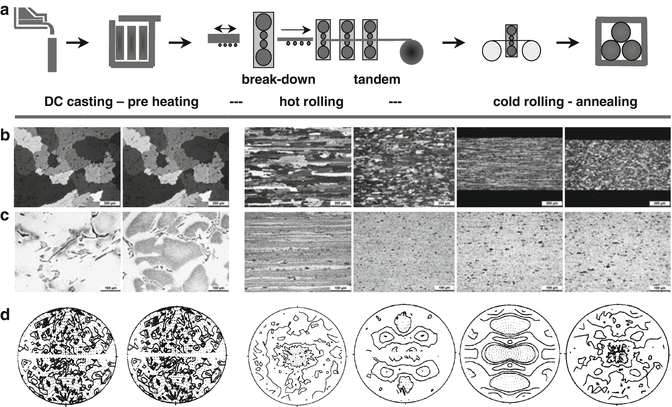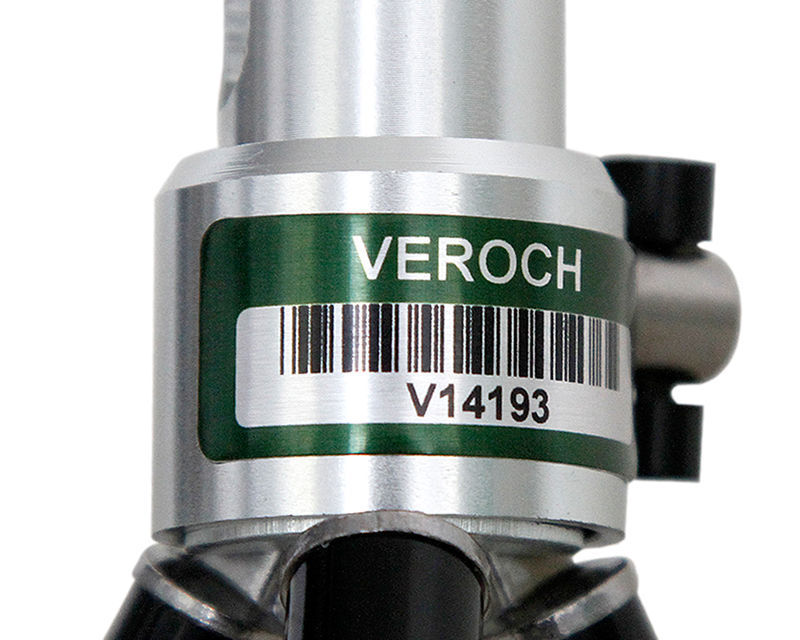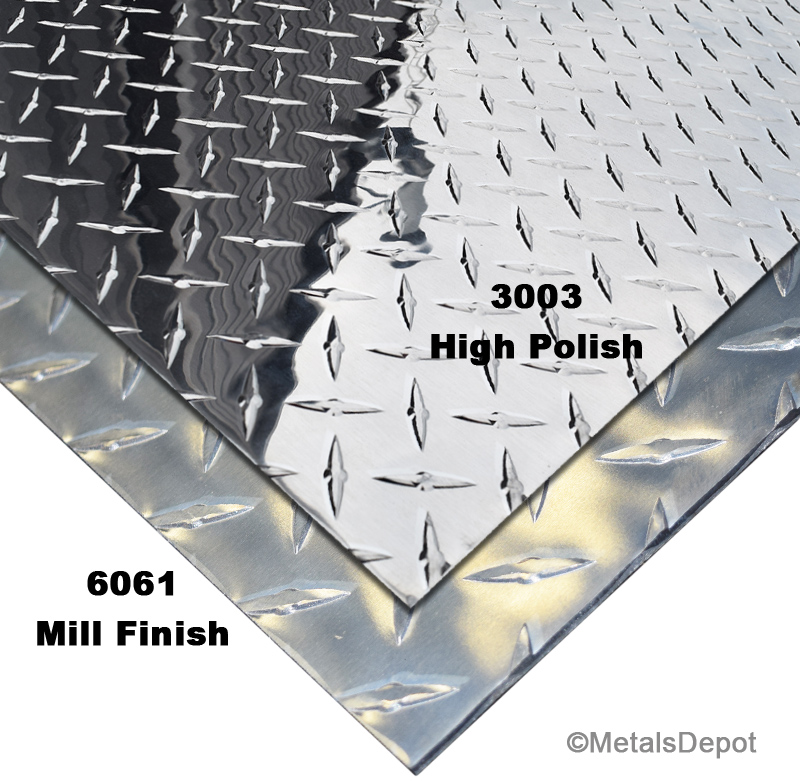Annealing Aluminum Sheet Metal
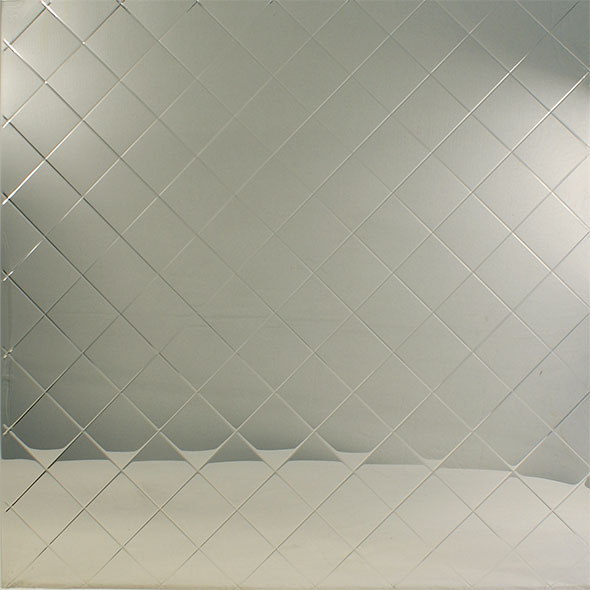
To anneal stainless steel basically softening it requires a lot more heat 1900 f 1000 c than annealing steel in that an orangey red color needs to be achieved with your blow lamp but it also needs to be kept orange for at least ten minutes preferably longer to do it properly.
Annealing aluminum sheet metal. How to anneal stainless steel. Sema 2014 gene winfield spent some time in the eastwood booth covering metal working basics including tips and pointers on annealing and softening aluminum. Annealing is a heat treatment process in which the sheet metal is altered on a molecular level altering its strength and hardness. Also as aluminum comes from the mill it develops a coating aluminum oxide as it cools.
6xxx magnesium silicon alloy. In order to anneal steel you re going to need a way of heating up the metal until it s bright red hold it at that temperature for a while and then very slowly allow it to cool. Using a torch forging furnace or other non regulated source of heat or using a programmable heat treating oven. Annealing is simply the process of heating the metal up to a point where the microstructure of the metal changes effectively eliminating the temper it was supplied with then letting the metal cool in the air.
There are two main approaches to this. Annealing is used for steel however other metals including copper aluminum and brass can be subject to a process called solution annealed. It involves heating the steel to 20 50 c above its upper critical point soaking it for a short period at that temperature and then allowing it to cool in air. Work hardened materials such as sheet metal that has undergone a stamping process or cold drawn bar stock.
This is one of the most common kinds of aluminum especially 6061 and it anneals. Note that aluminum does not change color when heated so getting burned becomes a real concern. This should anneal the 6061 t6 or other t into a t 0 material. Annealing works fine for complicated and deep forming but to form simpler stuff it s unlikely that you ll need it.
Depending on the sheet metal you have available in your local area annealing may not be necessary. Normalization is an annealing process applied to ferrous alloys to give the material a uniform fine grained structure and to avoid excess softening in steel. By annealing the metal beforehand cold working can take place without any risk of cracking as annealing releases mechanical stresses produced during machining or grinding. Metal wire that has been drawn from one size to a smaller size may also undergo an annealing process.
This is common to see in sheet metal form and it s malleable stuff.

